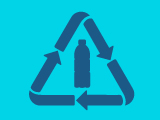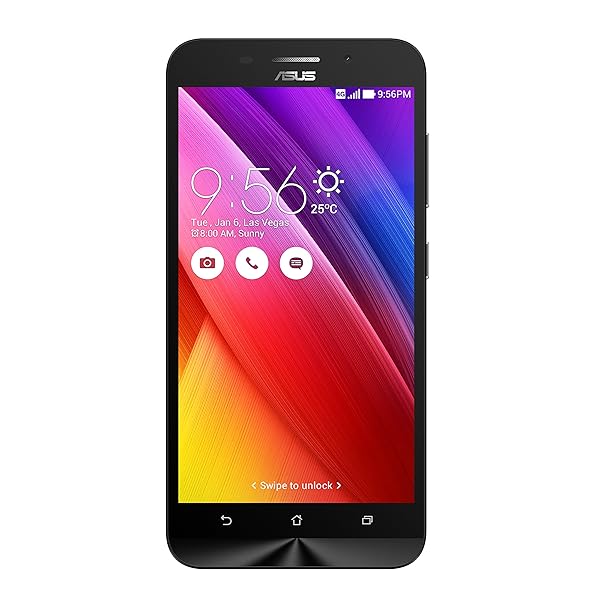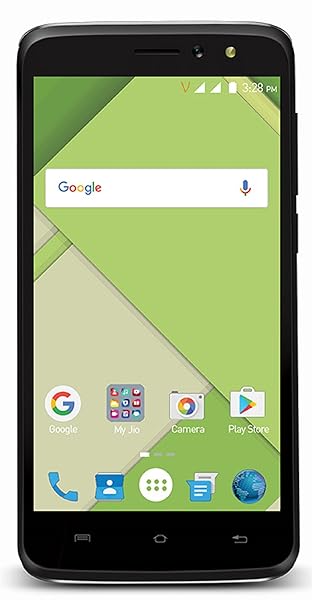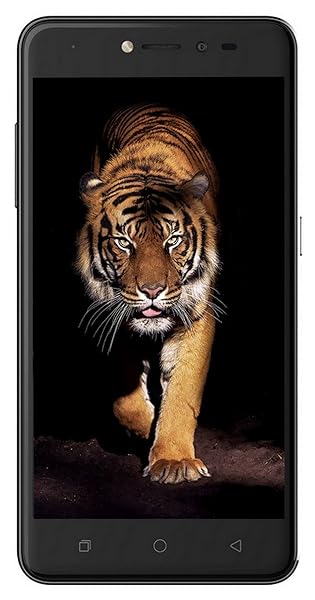What Retailers Can Do to Improve Ecommerce Site SEO
 That’s the what and the why. If you want to capture more traffic from search results, you also need to understand how to use SEO on your ecommerce site.
That’s the what and the why. If you want to capture more traffic from search results, you also need to understand how to use SEO on your ecommerce site.
Start with the basics to lay a good foundation for your SEO work. And SEO for beginners starts with doing your research.
You’ll want to look into keyword research to understand what terms and phrases your audience uses (and therefore, what keywords you might want to rank for in search results). Use this beginner’s guide to get started if you haven’t performed keyword research before.
Once you know what you want to rank for, you can start thinking about how to optimize the content on your site for better search engine results. Here are some best practices to follow:
- Avoid keyword stuffing. Search engines are more sophisticated than they once were. Years ago, you might have ranked better in the results if you used a specific phrase over and over again without variation on a single page — but today, search engines see that as spammy rather than helpful. Keyword stuffing can signal a low-quality page.
- Organize your site. Site organization matters to SEO, because it impacts your user experience. It also makes it easier for search engines to understand and index your site, making it more likely that you’ll rank well in their results.
- Watch your speed. How well your website performs impacts how valuable search engines think it is. The slower your site, according to search engine logic, the lower the quality.
And as a retailer, you must think about mobile. 63% of millennials, the first digitally native generation, shop on their smartphones daily.
That means your site needs to be optimized for mobile use. Start by ensuring everything you host online is mobile-responsive.
If you use popups on your website to capture traffic or to make offers, turn those off for mobile. Google now penalizes sites that use “intrusive” pages like this.
Not sure where you stand today? Use a tool like HubSpot’s Website Graderto evaluate your site’s current performance on measures including speed and SEO.
The tool will not only explain what’s missing or dragging down your score, but will also give you specific recommendations on how you can improve.
Practical Applications of SEO for Retail Sites
These tips can help you improve your site SEO and boost your search result rankings. But how do you actually implement? Keep these ideas in mind:
- Write product descriptions. Even if a product seems obvious or self-explanatory, you want to write copy to describe it and include it on each individual product page you publish. Make smart use of keywords throughout and compose descriptive, detailed copy.
- Encourage reviews. Inviting customers to leave reviews helps you generate more relevant, high-ranking text without doing any of the work yourself. Plus, many consumers actively search for customer reviews, so including this information on a product page makes it more relevant to those shoppers — and more likely to rank higher in search results.
- Create unique content. Never copy and paste from other websites, and don’t pull text from a product manufacturer (even if you have permission). You don’t want to copy your own words, either! Search engines penalize duplicate content, so write original copy whenever you can.
There are some actions you want to take when creating each and every page on your website. And that includes every individual product page.
Free Reading List
Is your website content costing you sales? Get our free, curated list of high-impact copywriting tips.
Get the free reading list
Think of this as your checklist before you publish new pages. These are small steps that can make a big difference in where you rank in search results:
- Use title tags on web pages, and include tags for headers and subheadings like H1 and H2 tags
- Include relevant keywords in title and header tags
- Upload images and give them titles that relate to the keyword you want to rank for
- Fill in the alt tag field on images
- Write a meta description for each page
- Optimize your URLs to make them keyword friendly (in other words, use URLs like shopify.com/pos and avoid URLs like shopify.com/point-of-sale/v2-45965364622-12353677)
- Include internal links: on each page, include at least 1 or 2 links to other pages on your site
All of these tips work together to make your site more useable to a visitor — which also indicate higher quality and value to search engines. As a result, your pages will show up higher in search results because they provide content that’s relevant and useful to people searching for the information.

SEO For Beginners: Boosting Local SEO For Offline Sales
For retailers with a physical location, local SEO is also important. According to one study, the majority of local searches on mobile (78%) and more than half (61%) of desktop local searches lead to offline purchases. Obviously ranking well in local searches can really be a boon for your bottom line.
But what exactly is local SEO, and what sorts of things are customers looking for with these search results? Here are some of the top results:
- Searching for address/location
- Finding a business with desired product/service
- Searching for a phone number
- Finding out hours of operation
- Getting driving directions
- Discovering coupons/special offers
- Reading ratings and reviews
So, in addition to providing accessible information to help potential shoppers find your shop, these search citations help shoppers search while they’re on the go.
You can boost your ecommerce site’s local SEO ranking in order to draw in nearby customers through three different methods:
- Local Listings and Citations
- Online Reviews
- On-Site Local SEO optimization
Let’s explore each of these in order to get a grasp on some of the ways to audit (and increase) your ranking.
Local Listings
 Ensuring your ecommerce site, along with business’ physical address and phone number, are listed across sites that provide data for business listings.
Ensuring your ecommerce site, along with business’ physical address and phone number, are listed across sites that provide data for business listings.
Some of the most popular business listing services include:
- Google+ Local
- Yelp
- Bing Places
- Yellow Pages
- Yahoo Local
- Foursquare
Also ensure you have a Google Places for Business listing for your business and include all the addresses for your physical shops (particularly if you have multiple locations). To get set up with Google Places, check out our guide on creating your Google Places for Business listing.
Online Reviews
As aforementioned, customer reviews are crucial for building on-site SEO — and the same principle applies to boost local SEO.
These reviews provide local search engines with information on a business, and helps shoppers on the move make informed decisions about purchasing your product or services. Again, getting customers to review their experience at your shop on critical review platforms (see the list above), online browsers may be more likely to turn into buyers.
But how do you encourage your customers to write those coveted reviews? Here are some creative tips to get you started:
- Use the "Review Handout Generator" by Whitespark and Phil Rozek. This helps retailers create handouts for customers to provide clear-cut instructions on how they could leave you a review on Google.
- Link to your review profiles on your ecommerce website.
- Create print materials that list all the different sites customers can review you.
- Ask employees to request that customers fill out a review with each transaction.
- Include links to your local search platform profiles in your email marketing.
On-Site Local SEO optimization
You’ve already worked on optimizing your ecommerce site for general SEO — so why do you need to also focus on local SEO?
Local SEO expert David Mihm's points out that optimizing your website could account for as much as 18% of what Google weighs in its algorithm when determining which local results to serve up to users.
Here are a few ways to boost on-site local SEO:
- Insert local and optimized keywords in your title tag: Do some initial keyword research to determine relevant keyword for your business based on what you sell, it could be "fashion boutique" or "sneaker store," and couple that with your geographic location and insert the two in your page title. That would look something like “Toronto Men’s Boutique.”
- Create "local" content: Another way to get some local search love is to create content that's relevant and specific to your city. I know that you may be thinking about how big of a time commitment writing a blog could be, but it's well worth the effort.
- Get familiar with Schema Markup: Schema markup tells the search engine what your data (or HTML markup) means, not just what it says when your website gets indexed and returned in search results.
For more tips on how to improve on-site optimization, read our 4 local SEO tips to walk you through the process.
SEO For Beginners: Moving Forward
Now that you’re armed with plenty of methods to improve your SEO — which can drive both online and offline sales. However you choose to move forward with implementing SEO basics, the results will likely be worth the effort
















